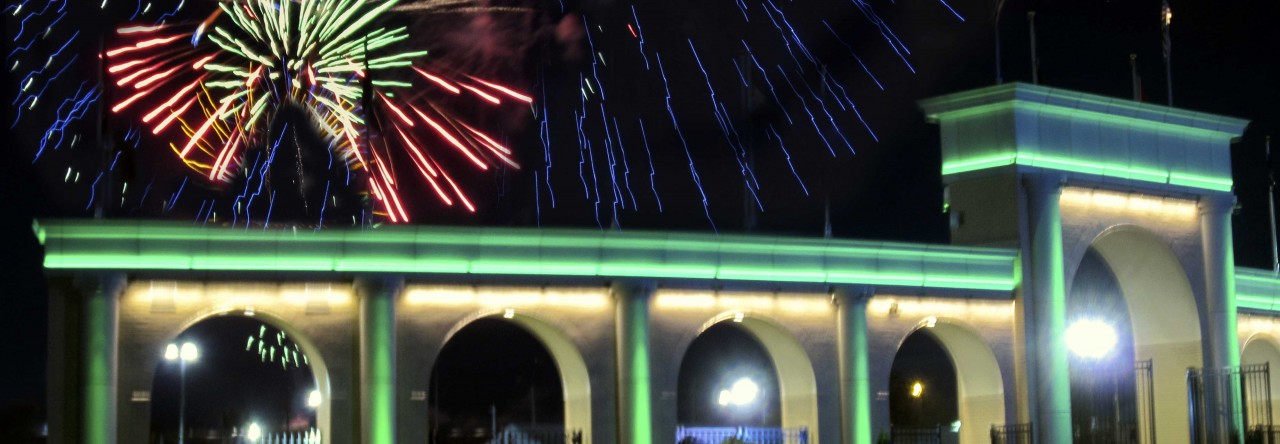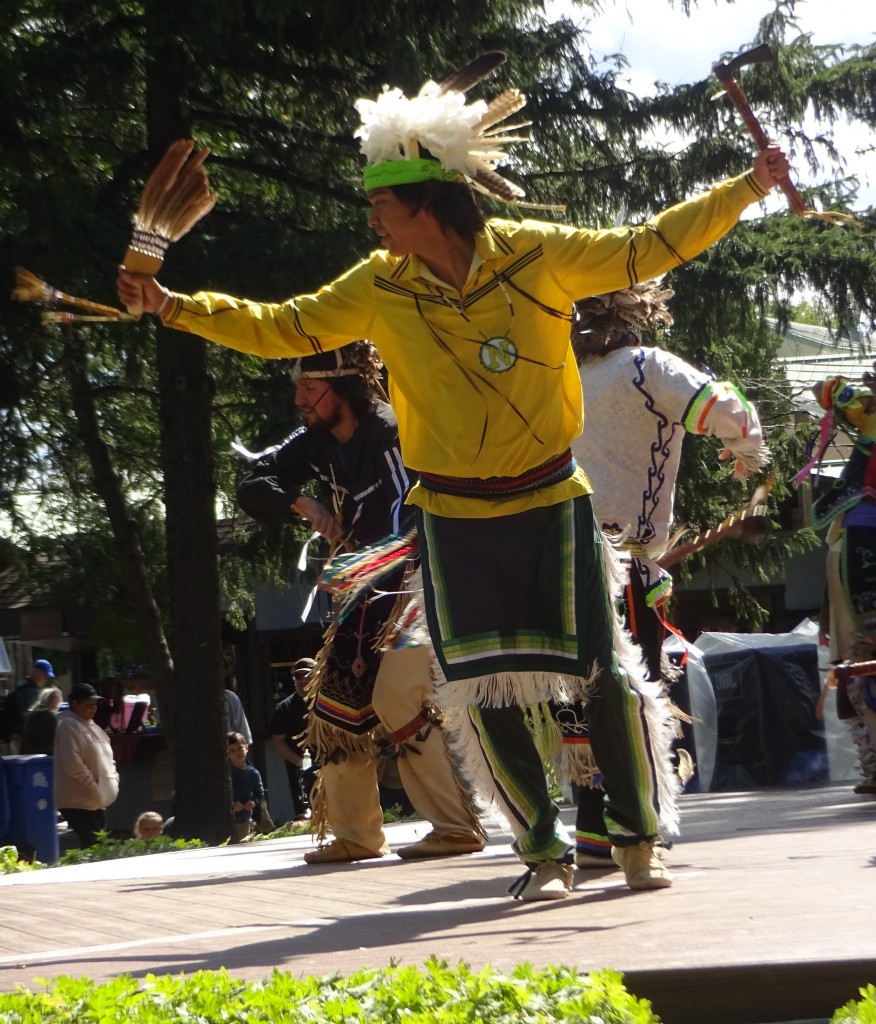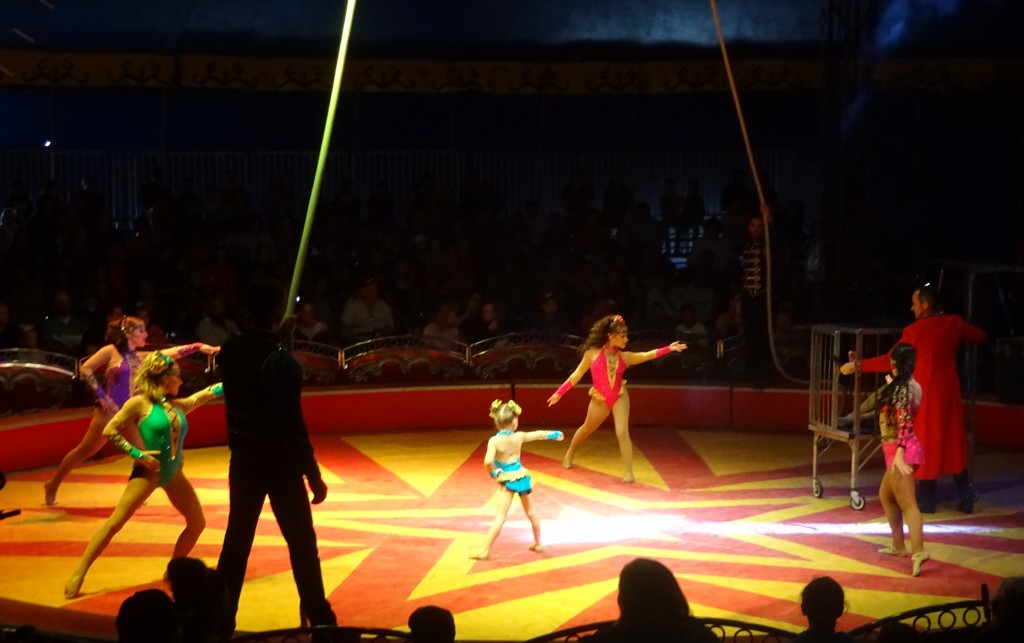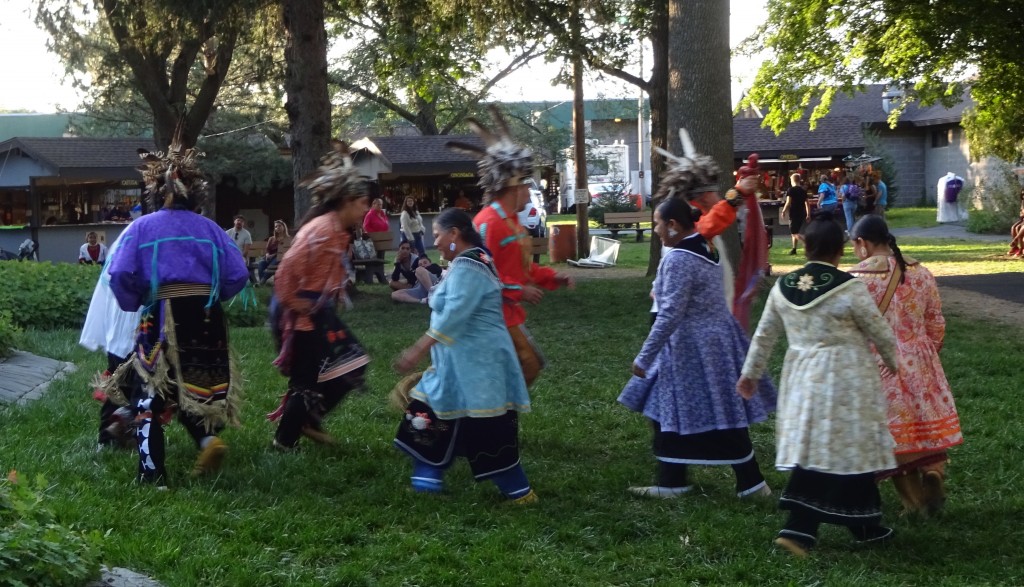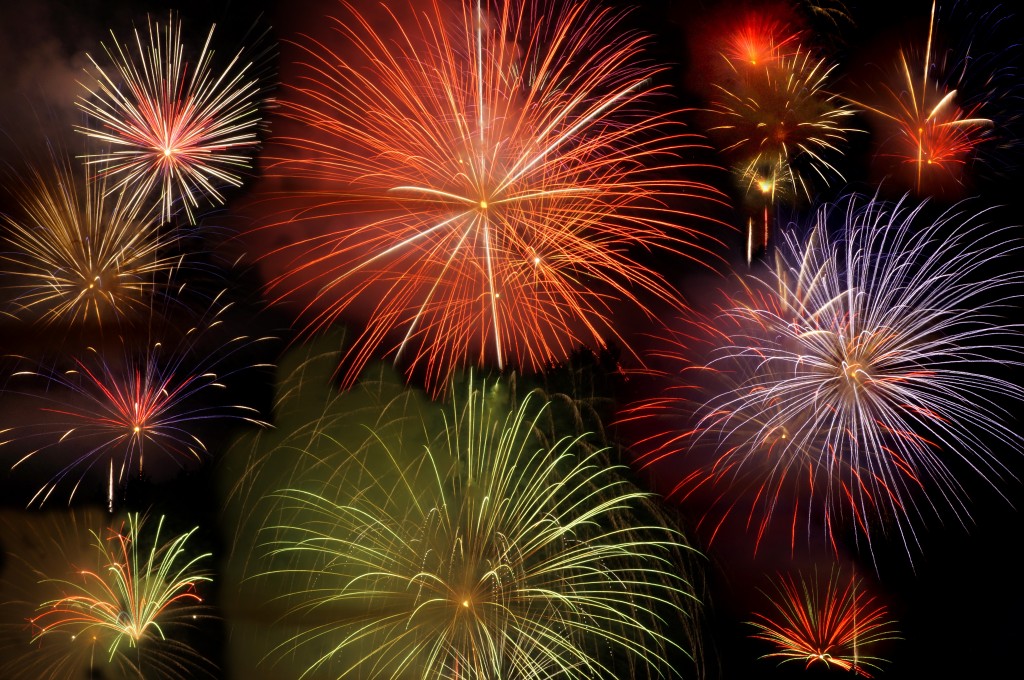Category: Blue ribbon exhibits (Page 2 of 9)
When you say “Native American” at the New York State Fair, chances are good that you mean the six nations of the Haudenosaunee Confederacy, popularly called the Iroquois. 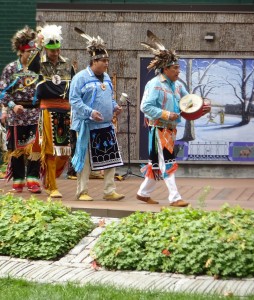 Native Americans Day is observed Friday at the Fair.
Native Americans Day is observed Friday at the Fair.
The French word “Iroquois” is familiar to most New Yorkers though it’s not the historically accurate term for the allied nations–the Cayugas, Onondagas, Oneidas, Mohawks, Senecas and Tuscaroras.
At least we’re not saying “Indian” anymore. Still, maybe we should learn to say Haudenosuanne, pronounced “ho DEN o SHAW nee.” It means “The People of the Long House,” in reference to the bark-covered shelter of their ancestors.
A long-held misconception is that the history of North America started with the arrival of the Europeans, but for centuries before the English, French and others arrived on the hills and waters of what is now Central New York, the Haudenosaunee people were thriving on the land.  Called Ongwehonweh or “original people” it was the Haudenosaunee who helped the early settlers to learn to live in the northeastern part of the continent.
Called Ongwehonweh or “original people” it was the Haudenosaunee who helped the early settlers to learn to live in the northeastern part of the continent.
While visiting the village, you will probably see the Hiawatha belt, a linear drawing with a tree figure representing the Onondagas in the middle, surrounded by four rectangles representing the Seneca, Cayuga, Oneida and Mohawk. The Tuscaroras became the sixth nation in the confederacy later. Each nation maintains its own council with Chiefs chosen by the Clan Mothers as Iroquois women held significant power under their system of government.
Looking at the many fundamental characteristics of the 21st century State Fair, you can certainly say that it wouldn’t be our Fair without the indigenous inhabitants of our neighborhood. The Six Nations are the original custodians of this beautiful land and it wouldn’t be the Fair without them. Every day they present native dancers, festooned in colorful and finely-detailed costumes, performing historically-significant, traditional dances on the turtle mound stage.
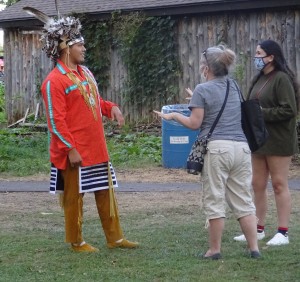 Often described as the oldest participatory democracy on Earth, the Haudenosaunee Confederacy’s system of government was a model for the American Constitution. What makes it stand out as unique to other systems around the world is its blending of law and values. For the Haudenosaunee, law, society and nature are equal partners and each plays an important role.
Often described as the oldest participatory democracy on Earth, the Haudenosaunee Confederacy’s system of government was a model for the American Constitution. What makes it stand out as unique to other systems around the world is its blending of law and values. For the Haudenosaunee, law, society and nature are equal partners and each plays an important role.
The bucolic serenity of the mini-reservation features home-cooked meals, 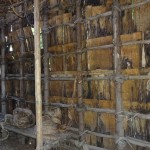 prepared in the cook house surrounded by huts featuring Six-Nations craft vendors and exhibitors. Knowledgeable Fair visitors treasure the village as a peaceful oasis, shaded by the leaves of ancient trees. A replica of a longhouse is a fascinating piece of authentic native history. Recent landscaping updates, a rebuilding of the Turtle Mound and installation of cushioned walkways have beautified the village grounds.
prepared in the cook house surrounded by huts featuring Six-Nations craft vendors and exhibitors. Knowledgeable Fair visitors treasure the village as a peaceful oasis, shaded by the leaves of ancient trees. A replica of a longhouse is a fascinating piece of authentic native history. Recent landscaping updates, a rebuilding of the Turtle Mound and installation of cushioned walkways have beautified the village grounds.
While you’re there, be sure to pick up a one-dollar bottle of water in the courtyard.
It’s just been announced that the Highlight Pro Women’s Skydiving Team will return to the New York State Fair Wednesday evening.  The all-female daredevils bring a message of empowerment and achievement to Women’s Day on the grounds as they leap from a plane to soar across the sky before landing on the New York Experience grounds near the pond and the Chevy Park stage. The first parachutist will jump at about 7 p.m.
The all-female daredevils bring a message of empowerment and achievement to Women’s Day on the grounds as they leap from a plane to soar across the sky before landing on the New York Experience grounds near the pond and the Chevy Park stage. The first parachutist will jump at about 7 p.m.
It’s a thrilling show to watch and a great photo opportunity,  but have your camera ready as the athletes cut across the sky above the grounds quickly, often several divers in the air at one time. After landing, they pose for pictures and talk to audience members.
but have your camera ready as the athletes cut across the sky above the grounds quickly, often several divers in the air at one time. After landing, they pose for pictures and talk to audience members.
One thing’s for sure–Women’s Day has arrived in the 21st century.
The rejuvenated World of Horses exhibit is one of the best attractions at the New York State Fair, as the bright, clean stable staffed by friendly, knowledgeable equine pros has seen a steady flow of visitors. 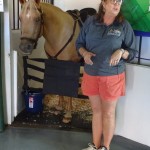 The availability of gentle and friendly horses is a major draw for visitors who love to pat the animals and look into those big, beautiful eyes.
The availability of gentle and friendly horses is a major draw for visitors who love to pat the animals and look into those big, beautiful eyes.
This feature is something the Fair has needed. Everyone seems to love horses, but it can be hard to get near them on the grounds. Demonstrations, presentations and educational talks take place hourly.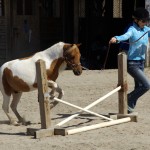
Don’t forget–those adorable mini horses will be featured at the 4-H show rings just past the midway, near the beef barn, on Wednesday. They’re especially entertaining when they do jumping and pull carts, while petting opportunities abound.
Alert–New York State Fair fans! 
Hilby has returned and is up to his old tricks–and older jokes–daily at 11:30 a.m., 3:15 and 5 p.m.
The wisecracking, rubber-faced juggler is performing his wacky and amazing act in a different location from the past few years. He’s in front of the Science and Industry Building across from the Chevy Court stage.
Speaking of locations, remember that the sand sculpture is back in the Center of Progress this year.
The 2022 New York State Fair features the festive Pan African Village now firmly established as a major attraction, having celebrated its 25th anniversary during the scaled-down 2021 edition.
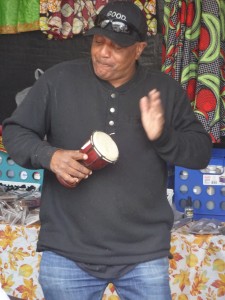 The colorful block party, situated between the Center of Progress and the Art and Home Center buildings, features bands and dancers on the entertainment tent stage, and stands serving a variety of delicious non-traditional food alongside vendors displaying clothing, jewelry, rare handicrafts and collectibles.
The colorful block party, situated between the Center of Progress and the Art and Home Center buildings, features bands and dancers on the entertainment tent stage, and stands serving a variety of delicious non-traditional food alongside vendors displaying clothing, jewelry, rare handicrafts and collectibles.
Although today it’s hard to imagine the Fair without it, the founding of the Pan African Village came in 1996 when first-year director Peter Cappuccilli, Jr. brought in community leaders to help make the Fair more culturally inclusive. That year, some grumbling about the lack of minority participation had grown louder. Cappuccilli showed true vision in partnering with many Pan African Village pioneers including Ken Jackson and Bongo Hanslip to create the village.
The resulting concept not only opened opportunities for minority-owned businesses, it added a dimension of excitement and personality that reflects New York’s diverse culture. 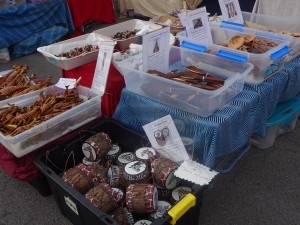 The Pan African Village has since become a mainstay for the Fair, a popular annual tradition beloved by visitors of all races and backgrounds.
The Pan African Village has since become a mainstay for the Fair, a popular annual tradition beloved by visitors of all races and backgrounds.
This being our Fair, food is central to the area’s popularity as hungry customers try exotic offerings including Caribbean, soul food, barbecue and homemade desserts from local restaurants and vendors.
Visitors get into the spirit by taking a drumming lesson, viewing historic exhibits or dancing to the day’s featured musical act.  Shoppers browse the vendor tents for unusual gifts and keepsakes.
Shoppers browse the vendor tents for unusual gifts and keepsakes.
25 Fairs ago, there wasn’t much happening on that block. But today it’s become one of those not-to-be-missed State Fair favorites. The Pan African Village is near Chevy Court and the State Parks area, easily accessible from tram stop 2, just inside the recently-opened gate 11A.
Not far from the village is the State Parks area, home to several terrific exhibits surrounding the lovely reflecting pool. The feathered predators of Hawk Creek Wildlife Center are truly inspirational and have become a Fair favorite. Rescued and rehabilitated eagles, falcons, owls, vultures and, of course, hawks are on display in the tent and knowledgeable staff present them daily at 11 a.m., 2:15 and 4:30 p.m., balancing fascinating talks with high-flying performances. Don’t miss it. 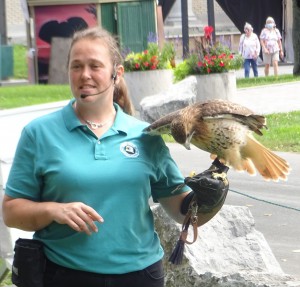
When Mom and Dad are ready for a break, but the kids are too excited to sit down, the perfect answer may be a visit to the State Parks putting green near the Eatery (International Pavilion).
 While parents relax nearby on a tree-shaded bench or picnic table, the kids can knock a ball around the turf, guided by adult staff.
While parents relax nearby on a tree-shaded bench or picnic table, the kids can knock a ball around the turf, guided by adult staff.
It will take most youngsters a few minutes to complete the course and while there aren’t prizes to win, the youngsters seem to love it and the whole deal is free of charge.
Friday at the New York State Fair will be a day to recognize new Americans as about 100 people become citizens at an 11 a.m. ceremony in the Daniella’s restaurant in the Art and Home Center.
What would you do if you were hosting a new American or anyone from outside New York in late August or on Labor Day weekend? 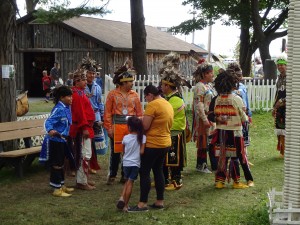 Taking your visiting friend to the New York State Fair would be an obvious way to provide some first-rate entertainment but, presuming your had only one day, what would you do?
Taking your visiting friend to the New York State Fair would be an obvious way to provide some first-rate entertainment but, presuming your had only one day, what would you do?
In other words, what are the most impressive, most characteristic, most entertaining exhibits and activities of the Fair?
What best exemplifies the New York State Fair?
Every fair in the country has rides and games of skill, don’t they? The smooth blacktop of the Fairgrounds is the staging area for a massive midway provided by Wade Shows. If rides are a passion, you could go there, but with one day, and presumably limited money and energy to expend, there are better ways to capture the spirit of the oldest state fair in the nation.
You could enter gate four and head straight for the Iroquois Village. The Six Nations citizens are true ambassadors of our home state.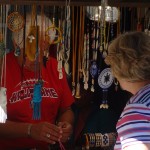 Other states may have Native American exhibits, but they probably don’t have the proud People of the Longhouse hosting the consummate Empire State experience.
Other states may have Native American exhibits, but they probably don’t have the proud People of the Longhouse hosting the consummate Empire State experience.
From there, if you have an interest in farm animals, there is a row of barns nearby where you can visit livestock of many species and breeds, from cows to chickens, raised in New York. 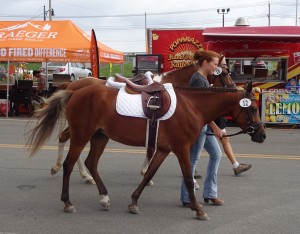 If your interest in animals is low, you will surely encounter some in your travels as they’re always nearby on the Fairgrounds.
If your interest in animals is low, you will surely encounter some in your travels as they’re always nearby on the Fairgrounds.
At some point, you have to hop a tram for a free tour of the Fair perimeter and a view of how enormous the Fair really is. Stop number two let’s you off at the Pan African Village, another characteristic New York locality that pays tribute to our diverse culture.
You will then find yourself near the main buildings, the iconic landmarks that provide the architectural framework of the Fair.  Although you may decline to visit all of them, standing on the Chevy Court lawn, you will be surrounded by sights that, like the Statue of Liberty, can be seen only in New York. Make no mistake, the solid foundation of our town square is classic New York.
Although you may decline to visit all of them, standing on the Chevy Court lawn, you will be surrounded by sights that, like the Statue of Liberty, can be seen only in New York. Make no mistake, the solid foundation of our town square is classic New York.
To get a real taste of New York, figuratively and literally, you have to peruse the indigenous products in the Horticulture Building. Our homegrown apples, maple syrup, beer, flowers, wine and honey form our agricultural identity.
Speaking of buildings, you have to step inside the Exposition Center to marvel at the cavernous multi-use building that for many promoters and exhibitors has put Syracuse on the map with off-season events. Upon exiting Expo, you’ll be a short stroll from the agriculture museum, a loving look at how farming has evolved in New York and nationwide. 
When it’s time to eat, treat your friend to the taste of our Fair. Try a local restaurant–Twin Trees, King David, Bosco’s or Las Delicias, for instance–or head to a longtime Fair favorite food stand like Basilio, P-Z-O’s or Butcher Boys.
From Restaurant Row, you could duck into the Coliseum, known at times to host hockey, boxing and basketball, but during the Fair, host to the International Horse Show.  That’s not just a name, there really are equestrians and breeds from all over, so it’s a surefire hit with horse lovers.
That’s not just a name, there really are equestrians and breeds from all over, so it’s a surefire hit with horse lovers.
Cap off your evening with a free concert at Chevrolet court or the Experience stage or sit down with a Fair meal at one of many sites where local musicians entertain. That’s a full day and an unforgettable New York State Fair adventure.
In addition to New Americans, Friday will also be Pride Day at the Fair with events to celebrate diversity and inclusion beginning with a 9:30 a.m. flag raising at the main gate. There’s also a 6 p.m. parade down Broadway.
